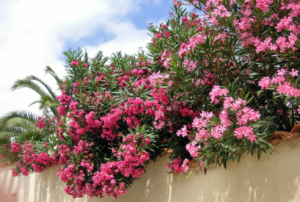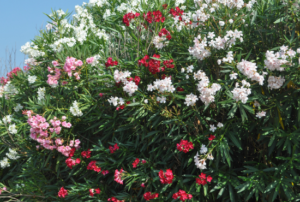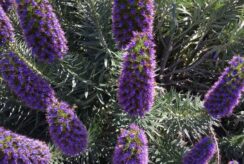Oleander is frequently used in the landscape by gardeners in warm regions. For a good reason, this practically infallible evergreen shrub comes in an enormous range of shapes, sizes, adaptability, and bloom colour. However, it is critical to be aware of oleander toxicity and the possibility of oleander poisoning before planting. Continue reading to learn more details.
Toxicity of Oleander
Is oleander toxic? Regrettably, oleander in the landscape is believed to be extremely hazardous, regardless of whether it is fresh or dried.
The good news is that there have been relatively few reports of human death from oleander toxicity, which the University of Wisconsin’s BioWeb attributes to the plant’s awful taste.
The bad news is that many animals, including dogs, cats, cows, horses, and even birds, have died as a result of oleander poisoning, according to UW. Even a trace amount can result in serious sickness or death.
Which Oleander Parts Are Toxic?
According to the National Institute of Health, the oleander plant’s leaves, blooms, twigs, and stems are all toxic and can cause severe illness or death. Because the plant is so toxic, even drinking water from a vase containing a bloom might result in a serious reaction.
 When the gummy sap comes into contact with the skin, it can cause irritation, and even the smoke produced by burning the plant can trigger significant adverse responses.
When the gummy sap comes into contact with the skin, it can cause irritation, and even the smoke produced by burning the plant can trigger significant adverse responses.
Among the symptoms of oleander poisoning are the following: Perplexed vision Pain in the stomach, nausea, vomiting, and diarrhoea Blood pressure is too low.
A heartbeat that is irregular Weakness and sluggishness Depression Headache Tremors Disorientation and vertigo Sleepiness Perishable Confusion According to the National Institute of Health, seeking medical attention as soon as possible increases the likelihood of complete recovery.
Never induce vomiting unless a medical practitioner advises you to do so.




